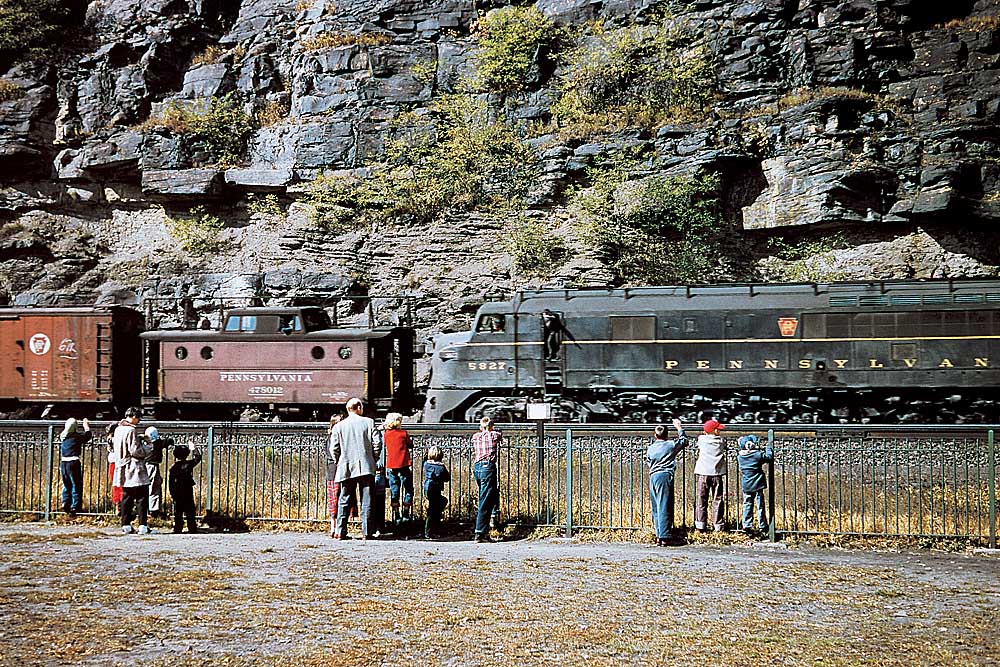
Baldwin Centipede locomotives were an oddity of mid-century railroading that just couldn’t compete with more mundane offerings from rivals Alco or Electro-Motive.
What is a Centipede?
Officially, this gargantuan diesel is the Baldwin DR-12-8-1500/2. That’s a mouthful. Broken down, it stood for Diesel Road, 12-axles, eight of which were connected to traction motors, with two engines, each producing 1,500 horsepower. The 2 stood for their original design philosophy of having two of them semi-permanently connected back-to-back to form a 6,000 hp package. Whew!
No wonder it was usually referred to as the Centipede. Baldwin engineers conceptualized the unit in the mid-1940s, and 56 of them were built between 1945 and 1948 for just three railroads.
Designed as high-speed passenger motive power, their debut was met by a ho-hum response from the railroads, especially when compared to offerings from competing manufacturers, such as four-unit sets of EMD F3s or Alco FA1 cab units.
Railroads that brought them into their rosters included Pennsylvania Railroad with 24 units with a final numbering of 5811-5834, Seaboard Air Line with 14 numbered 4500-4512, and National Railroad of Mexico with another 14 in the 6400-6413 slot. A pair of demonstrators, originally intended for the Union Pacific and ultimately canceled before delivery rounded out production.
Baldwin Centipede locomotives in service
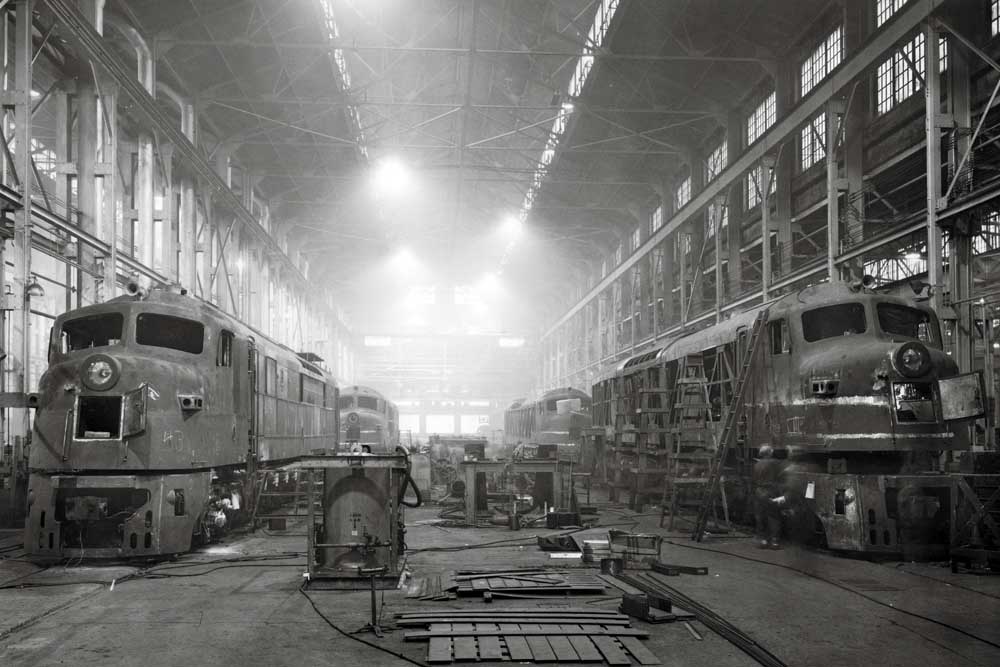
Initially the Mexican and Pennsylvania units were powering passenger trains as intended, however the railroads were frustrated with their mechanical reliability and rather quickly reassigned them to other duties. Mexico had the builder rebuild theirs with upgraded components to achieve a better operating ratio while Pennsylvania put its unit in freight service and helper duty in Pennsylvania. Seaboard Air Line predominately assigned them to freight trains.
The problem? Baldwin was assembling diesels in the same fashion as it did steam locomotives; one at a time, which meant that none were exact mechanical copies of each other, with wiring and other details varying widely from unit to unit. Confounding to field mechanics, as the units came due for heavy overhauls, the units were rewired to be in mechanical harmony with each other. Some units had their pneumatic throttles, which kept them from being mated with units of other manufacturers and replaced them with more universal electric designs so the railroads could create mix-and-match motive power consists at will.
But by that time Baldwin’s reputation was tarnished in the eyes of many who were used to comparative cookie cutter units delivered by other builders. When a mechanic had to tune up or fix an EMD F3 for example, he or she knew what to expect. With a Baldwin Centipede? Good luck.
In and out of storage due to fluctuating carloadings, Seaboard unloaded the last of theirs by 1960, and the Pennsylvania held on to theirs a few more years but mostly had them gracing storage lines.
Longest lasting were the NdeM’s, which had been reworked by the builder and railroad shop forces and managed to hang on until the early 1970s, predominately in freight service.
Whatever their shortcomings, however, Baldwin Centipede locomotives must have made an impressive sight working a train.
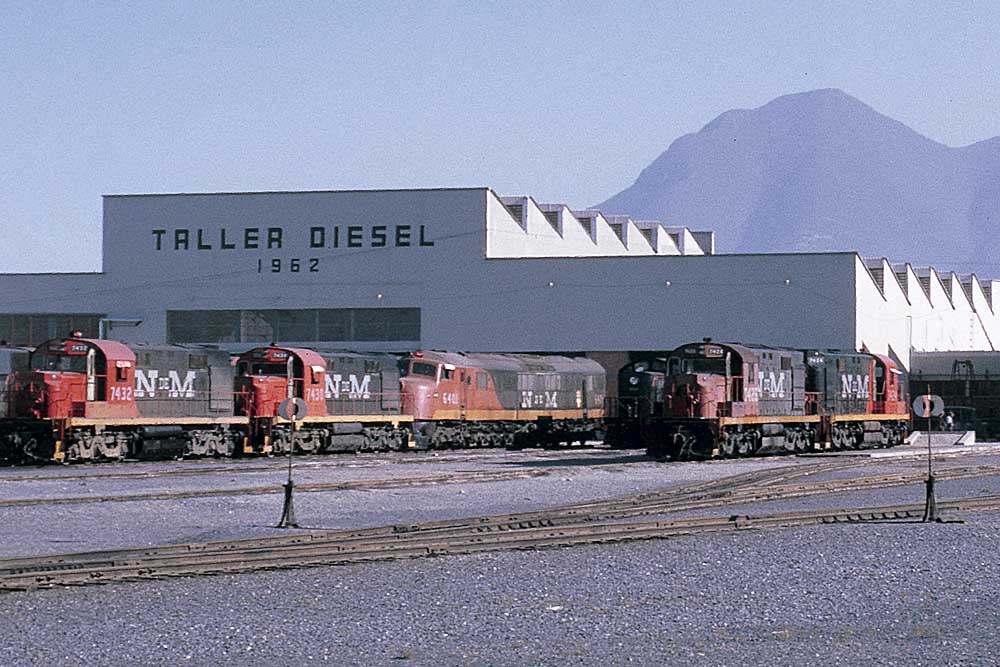







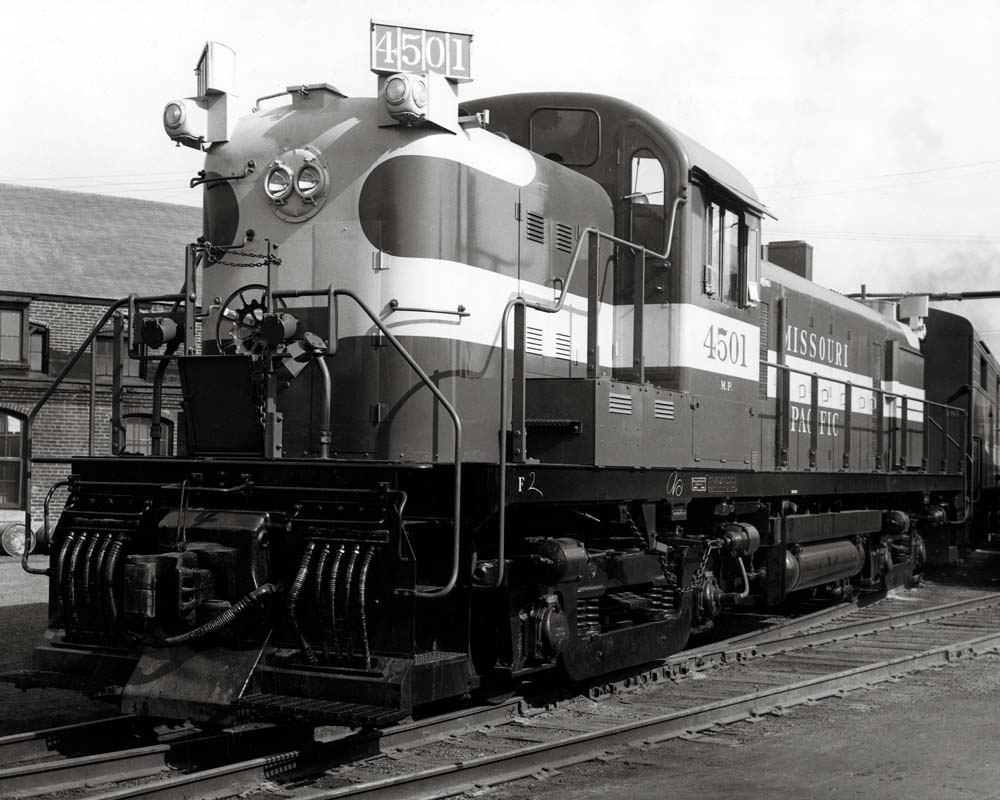
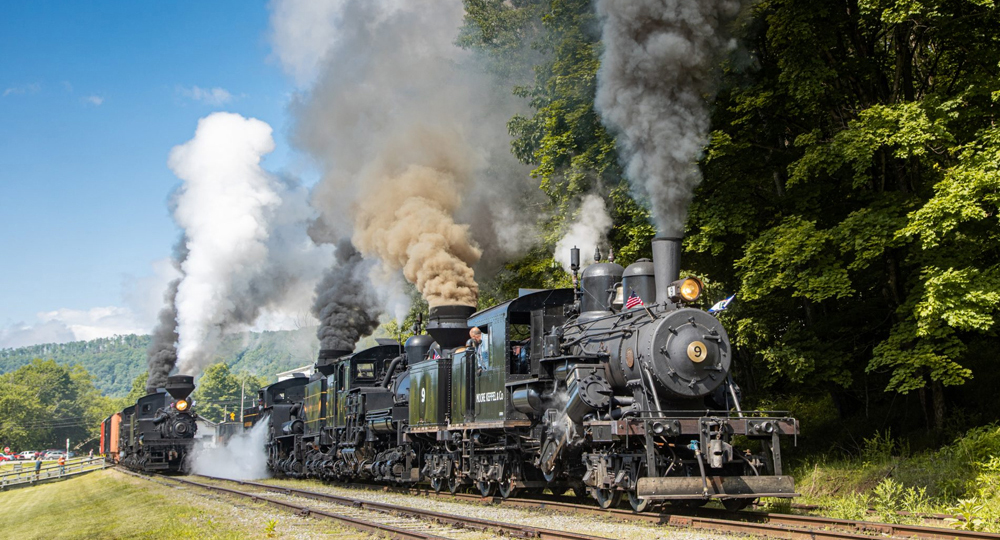
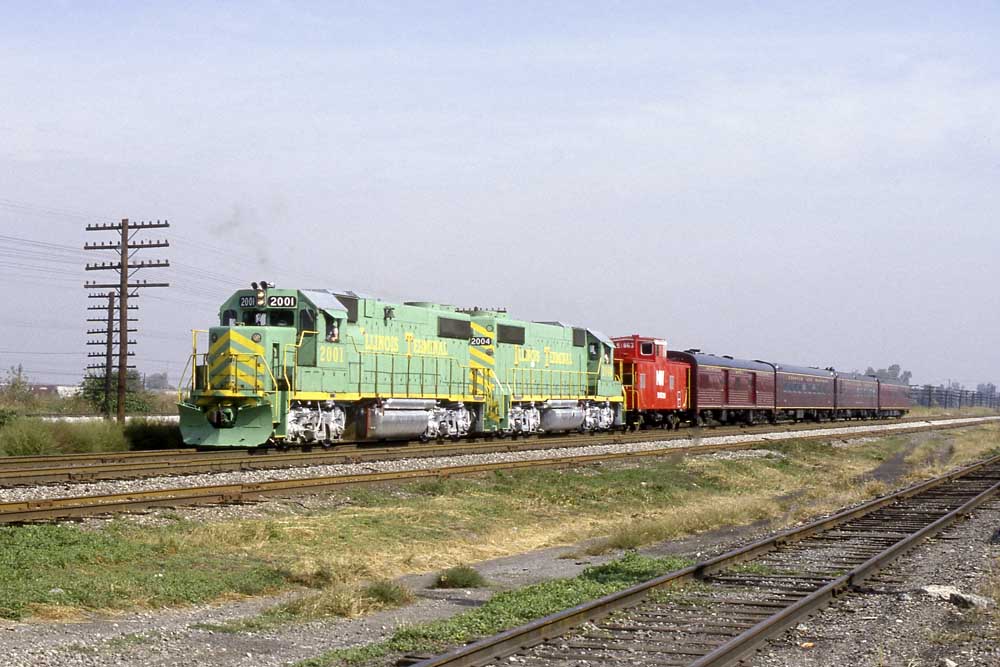




The Centipede (BP60 as passenger motors) concept wasn’t such a bad idea; the immensly successful GG1 had a similar construction: carbody on a massive articulated frame carrying the wheels and traction motors, and bearing the tension and compression stresses of train handling.
Baldwins were the least reliable diesels of their day and it turned out bogie trucks worked better than cast frames for diesels.
A BP60 had a rigid wheelbase of 16′ 5″ while a P5a 2-C-2 electric was 20′ with blind center drivers. Both halves of a BP60 coupled together were 183 feet long overall but it was double-ended and did not need turned at terminals.
While EMD was building locos with flexibility, Baldwin was making them like battleships. The engine was so inflexible that it got stuck on the Zoo curve in Philadelphia. Like the other (wonderful) monsters in the late PRR steam/diesel days, the Centipede was almost too long to handle. Like the Q1, Q2, S1, and T1s that were too long to negotiate the Eastern half of the railroad, the Centipedes too were rarely seen around Philly.
My uncle was a mechanical engineer at Baldwin during the Centipede years and willed me several books of constuction and builder’s photos. One of them highlighted the Centidede. In his honor I have an MTH O’guage Centipede on my large model railroad. Like the real one, this in NOT one of my most reliable engines. The Centipede had a massive cast frame that went from one end of the engine to the other making it a very rigid, long wheel base, monstrosity. The Great Northern W1 shared the same wheel arrangement as the Centipede and didn’t last much longer on that road.
/Users/builder20101/Downloads/1bbj377646aa174kjh7512314.jpg
The W1 was eventually sold to Union Pacific and was used to house an experimental coal fired gas turbine electric. It wasn’t successful in that form either
They also performed pusher service from Philadelphia to Paoli.
The two units were a married pair. drawbar connected and sharing a road number. The two halves were not identical and could not run independently of each other. One half was 58XXA and the other 58XXA1. Of course, Block Operaters reported only the four numeric digits.
That ended when an enginehouse had the A of one pair and the A1 of another in the shop, and a priority freight due out. He coupled the working A1 to the working A and sent them out. Eventually the other two were ready and were also coupled together and sent out. Soon a dispatcher had Extra 5821 East and Extra 5821 West at the same time. [numbers are for example; I don’t know what the real numbers were] PRR gave the A1 halves their own numbers.